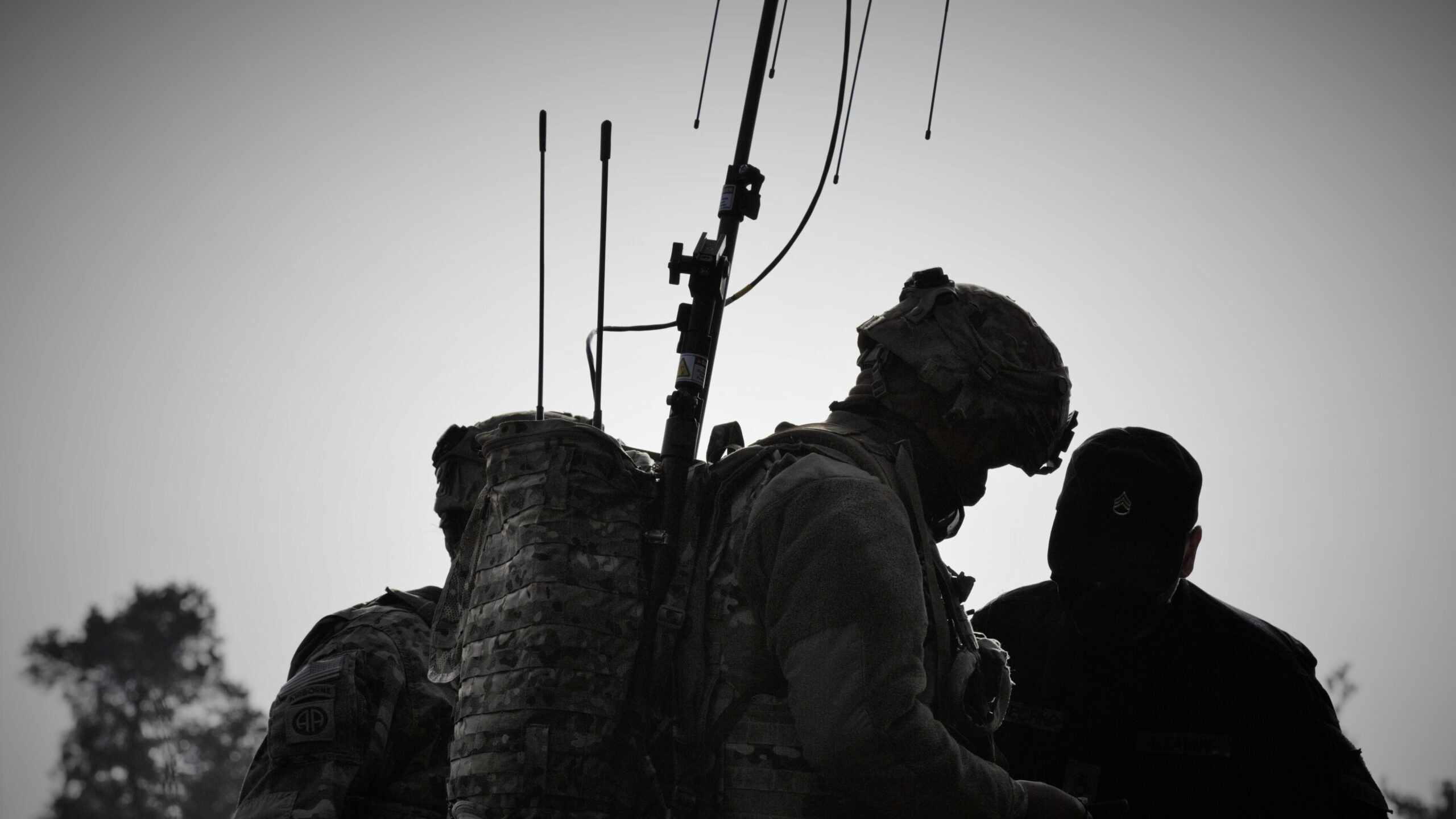Army taps Lockheed for second phase of long-range EW, surveillance program
Land Warfare, Networks / Cyber

U.S. Army Soldiers assigned to “Wild Bill” Platoon, 1st Squadron, 7th Cavalry Regiment and 1st Battalion, 4th Infantry Regiment conduct electronic warfare training during Combined Resolve XV, Feb. 23, 2021 at the Hohenfels Training Area. (U.S. Army photo by Sgt. Julian Padua)
WASHINGTON — Lockheed Martin will move onto the second phase of building out a prototype meant to provide formations larger than the brigade level with longer-range electronic warfare (EW) systems and situational awareness capabilities, beating out competitor General Dynamics Missions Systems (GDMS.)
Under the contract, announced Tuesday by the Army, Lockheed will take its Terrestrial Layer System-Echelons Above Brigade (TLS-EAB) prototype from “design and lab-based demonstrations to a tangible form factor able to be tested in a relevant environment,” Lt. Col. Kris Haley, product manager for terrestrial spectrum warfare said. The award is worth up to $36.7 million for a 21-month period of performance.
“The TLS-EAB is an extended-range, terrestrial sensing, collection, and electronic attack system providing integrated [signals intelligence], EW and cyber capabilities for situational awareness, situational understanding, Intelligence & Warning, command post survivability, critical asset protection operations, and supports the delivery of lethal and non-lethal effects in a holistic, synchronized manner for Multi-Domain Operations (MDO),” according to the announcement. Translation: It’s meant to better let commanders know the various threats they’re facing at a greater distance.
Lockheed will build the prototype TLS-EAB system at its facility in Syracuse, NY, “in the coming months,” according to a company press release. During the first phase of TLS-EAB development, both Lockheed and GDMS conducted “soldier touch points” to take feedback and incorporate it into their design phase.
“Moving into this next phase, we are going to continue to embrace Soldier Touch Points to drive the design while leveraging a proven DevSecOps pipeline and an open architecture that will enable a highly interoperable, configurable 21st Century Security…

